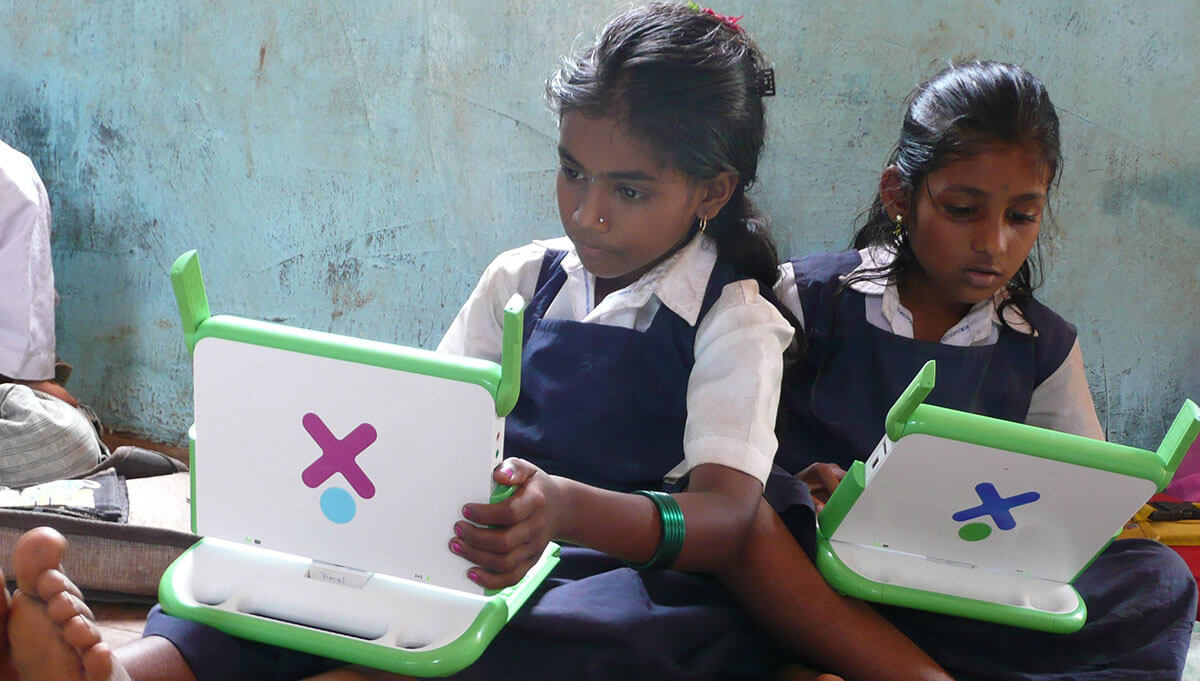In this post, our Women’s Rights Research & Advocacy Coordinator Ingrid Brudvig reflects on the #SelfieWithDaughter campaign and how increased attention on gender issues can be translated into real change.
India’s #SelfieWithDaughter campaign, which trended worldwide the day it was launched, raises awareness of an important issue: women still struggle for equal opportunities and recognition — and not only in India.
Our Africa Regional Coordinator, Nnenna Nwakanma, participated in this campaign from her home base in Cote d’Ivoire, in West Africa, sharing a selfie with her family that was soon trending in India — demonstrating the global appeal of the message. Reacting to this positive response she said:
“Raising women is one of the surest ways to raise the whole of humanity. As we adopt, engage in, and commit to the SDGs, we need to fulfill our goals to girls and women. Empowering girls is not a challenge in India alone, it is for all countries. For me, raising great women is raising great nations.”
Dear @narendramodi
Thanks for the #SelfieWithDaughter idea. Here's from Africa.. with lots of love pic.twitter.com/pMUF6nQThP— Nnenna (@nnenna) June 28, 2015
The #SelfieWithDaughter campaign is intended to increase the value of women and girls to society, and encourage parents to educate their daughters and provide them with opportunities. This is a worthy aim in a country with a child sex ratio that has deteriorated to 918 girls per 1,000 boys born each year and where the latest UN Human Development Report shows that only 26.6% of adult women have completed some secondary education.
There is no doubt that bringing the issue of gender equality to the forefront for open public debate is a step in the right direction. However, this debate has happened predominantly online, among people who are already connected, with pictures posted by fathers who have smartphones.
We need to stop and consider: who did this campaign reach? And what are the concrete actions that will be taken forward?
The Internet is an indispensable tool for campaigns like this, and provides citizens with the ability to access data, educate themselves, assemble with like-minded individuals, express themselves openly — and even tweet directly at their elected officials. It can help enfranchise women and give them the tools to learn about and realise their rights. Intel’s 2013 Women and the Web study showed that more than 70% of Internet users surveyed consider the Internet “liberating”, and 85% believe it “provides more freedom”.
However, we must remember that while India has the third largest Internet population in absolute terms, these Internet users represent only 18% of the country’s population, according to a 2014 ITU report. When accounting for multiple SIM-card ownership, the WEF 2015 Global IT Report shows that only around one-third of the population owns a mobile phone. Smart-phones are the privilege of the very few, with only 3% of the population subscribing to mobile broadband. This means that the majority of Indians will not see the selfie campaign or be included in this important debate.
Of those Indians who do have access to the Internet, the Telecom Regulatory Authority of India’s 2013 figures show that less than 40% of them are women — highlighting that the digital divide also has a gender gap.
A key barrier keeping many from accessing the Internet is affordability. The Alliance for Affordable Internet’s (A4AI) Affordability Report highlights that the three groups hardest hit by high broadband prices are (1) rural populations, (2) those living in extreme poverty, and (3) women. As a result, people who could benefit from greater awareness of women’s rights and women and girls’ value to society have not been reached.
At the Web Foundation, we hope to see this change in the future. We want all of the Web to be available to all of the people, all of the time. As part of this mission, our Women’s Rights Online programme seeks to deliver evidence-based research on women and the Web in 10 countries, including India, in partnership with IT for Change. Our goal is to encourage governments to include action plans and measurable targets for women’s full participation in the information society, and to ensure that women’s rights online are respected.
Many governments already have rhetorical commitments to gender issues in ICT plans, but we need governments to go further through action plans. Our research will help better understand how women use the Web and what barriers still exist. Using the data, we will work with governments to develop measurable targets so that there are concrete actions taken to ensure that the Internet is an equitable, affordable, and safe space for women to exercise their rights and freedoms.
We are excited to share that this October we will be releasing this research, based on surveys and interviews with the urban poor in 10 countries across Asia, Latin America and Africa. Sign up to our newsletter and follow us on Twitter @WebFoundation to receive updates on this programme and our broader work.
